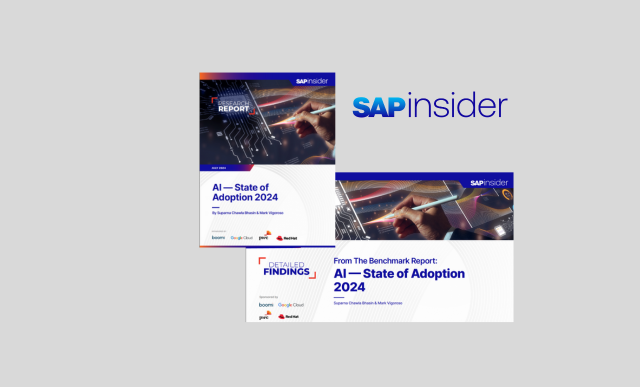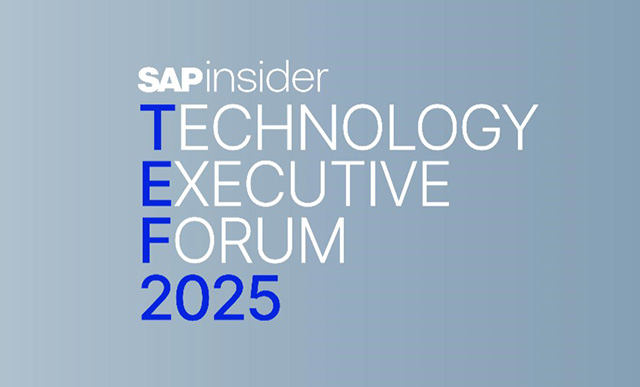Why a Solution That Can Integrate Algorithms Smartly Will Be a Game Changer
by Kumar Singh, Research Director, Automation & Analytics, Supply Chain Management, SAPinsider
Thinking beyond the obvious
Explore related questions
We envision that at some point, AI algorithms will replace existing supply chain planning systems. However, we rarely think about or discuss the architecture of the kind of solution that can make it happen. We will not get into the details of what an architecture will look like in this post. In this post,we will focus on a key aspect, a category of AI algorithms, that I believe we are not paying enough attention on. In the future, even if you have a semi-autonomous supply chain, that means that you will have a plethora of algorithms that will need to integrate with each other. Common sense dictates that you would not have a centralized algorithm dictating key planning aspects (leading to a single point of failure if the algorithms breaks) but even if you have one central algorithm, it will still need to interact with several algorithms. And the interactions between these algorithms obviously are more complex than vanilla data integration. And this is where the concept of “linkage algorithms” comes into picture.
These algorithms will help us strike the balance between centralized and decentralized decision making in supply chains. Centralized decision making is needed to realize efficiencies stemming from integration. Decentralized decision making is needed for rapid, detailed execution of operations.
To start the discussion, here is a disclaimer: “linkage Algorithm” is not a standard terminology. Actually, the usage of AI algorithms that I am sharing in this article is something that is rarely discussed so existence of any standard terminology is out of question. So what are these algorithms and why they can be game changers ? These algorithms will primarily be heuristics based- essentially meaning that you do not need advanced AI algorithms like Neural Networks to implement them. Just some fundamental heuristics, classification, clustering and common sense. Their key ability will be their ability to actually help link existing supply chain planning & transactional systems at different hierarchies in an “intelligent” way. Remember, the term “intelligent” is the keyword here.
Explaining the need for “linkage” through an example
Despite having invested in several point systems, majority of organizations still struggle with having an integrated planning view. A part of this is due to data silos, which is frequently discussed. But what about planning system silos ? Data integration can never solve the challenge of the inability to weave a common thread among a portfolio of supply chain planning tools, that range from strategic to tactical. Let us try to understand this challenge through an example.
Ex: A manager uses a tactical optimization modeling system to determine short term production targets for each plant. The Linkage algorithm disaggregates the data to a level and transforms it so that it can be fed to a production planning optimization modeling system.
It then takes the output from this sytem and “calculates” the master schedule and optimal capacity level, which it then feeds into production scheduling and MRP systems. These “linkages” will be key to developing the capability of building your supply chain systems, analytics and planning ecosystem as a platform. The attractive aspect of such an architecture is that you can keep you existing portfolio of planning systems (if you believe they are suitable for your planning needs), and yet infuse AI capabilities in the architecture.
Kumar Singh, Research Director, Automation & Analytics, SAPinsider, can be reached at kumar.singh@wispubs.com








